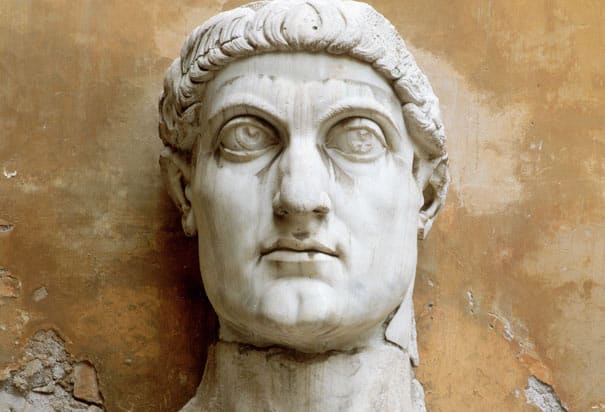
You’re exploring the Victor Emmanuel Monument, and so with your back to the Victor Emmanuel Monument, look straight ahead and you see the Corso, the so-called Corso, the street of the racecourses, or the racecourse, where the popes, by the way, used to race their horses. Maybe you’ve been up on the Capitoline Hill. You’ve just been to visit the Colosseum and the Roman Forum. You know Rome so well by now that I think I can give you directions that are going to make sense to you. But just so that you know where these are. And note the birthday balloons, and that I’m enjoying myself very much on Rome’s birthday, today. And I show you here, on the left-hand side of the screen, Giolitti, and on the right-hand side of the screen San Crispino. So I haven’t–there are two more to go.Īnd it seemed on Rome’s birthday, this was the perfect thing to begin the lecture with, and that is to round the circle and make you aware of the two other best ice cream places in Rome. I recommended Tre Scalini in Piazza Navona, and I recommended the Della Palma that is located near the Pantheon.

And since birthdays are often celebrated with cake and ice cream, I should make good today on the promise that I made to you at the very beginning of the semester, which is that sometime in the course of this semester I would recommend four ice cream places to you, four gelaterias in Rome, to you. Rome was born, as you’ll recall, on the 21 st of April in 753 B.C., which means that Rome is 2762 years old today. Indeed, this is Rome’s birthday today, April 21 st, 2009. This is the last lecture in Roman Architecture, and I think it’s appropriate that I deliver this last lecture, which I call “Rome of Constantine and a New Rome,” on Rome’s birthday. The End of the Tetrarchy and the Rise of Constantine the Great Roman Architecture HSAR 252 - Lecture 23 - Rome of Constantine and a New RomeĬhapter 1. In conclusion, Professor Kleiner asserts that the transfer of the Empire’s capital from Rome to Constantinople diminished Rome’s influence, at least temporarily, but not the impact of its architecture, which like the city of Rome itself, is eternal. In addition, the Arch of Constantine, a triple-bayed structure commemorating Constantine’s victory over Maxentius at the Battle of the Milvian Bridge, serves as a compendium of Constantine’s accomplishments in the context of those of the “good emperors” of the second century A.D.

The “Temple of Minerva Medica,” a garden pavilion, for example, is decagonal in shape and the colossal Basilica Nova was inventively modeled on the frigidaria of Roman imperial bath complexes. Professor Kleiner makes an impassioned case that some of the finest and most innovative Roman buildings date to the Constantinian period. She notes that Constantine began with commissions that were tied to the pagan past (the Baths of Constantine in Rome) but built others (the Aula Palatina at Trier) that looked to the Christian future. Professor Kleiner presents the architecture of Constantine the Great, the last pagan and first Christian emperor of Rome, who founded Constantinople as the “New Rome” in A.D. Lecture 23 - Rome of Constantine and a New Rome Overview


 0 kommentar(er)
0 kommentar(er)
